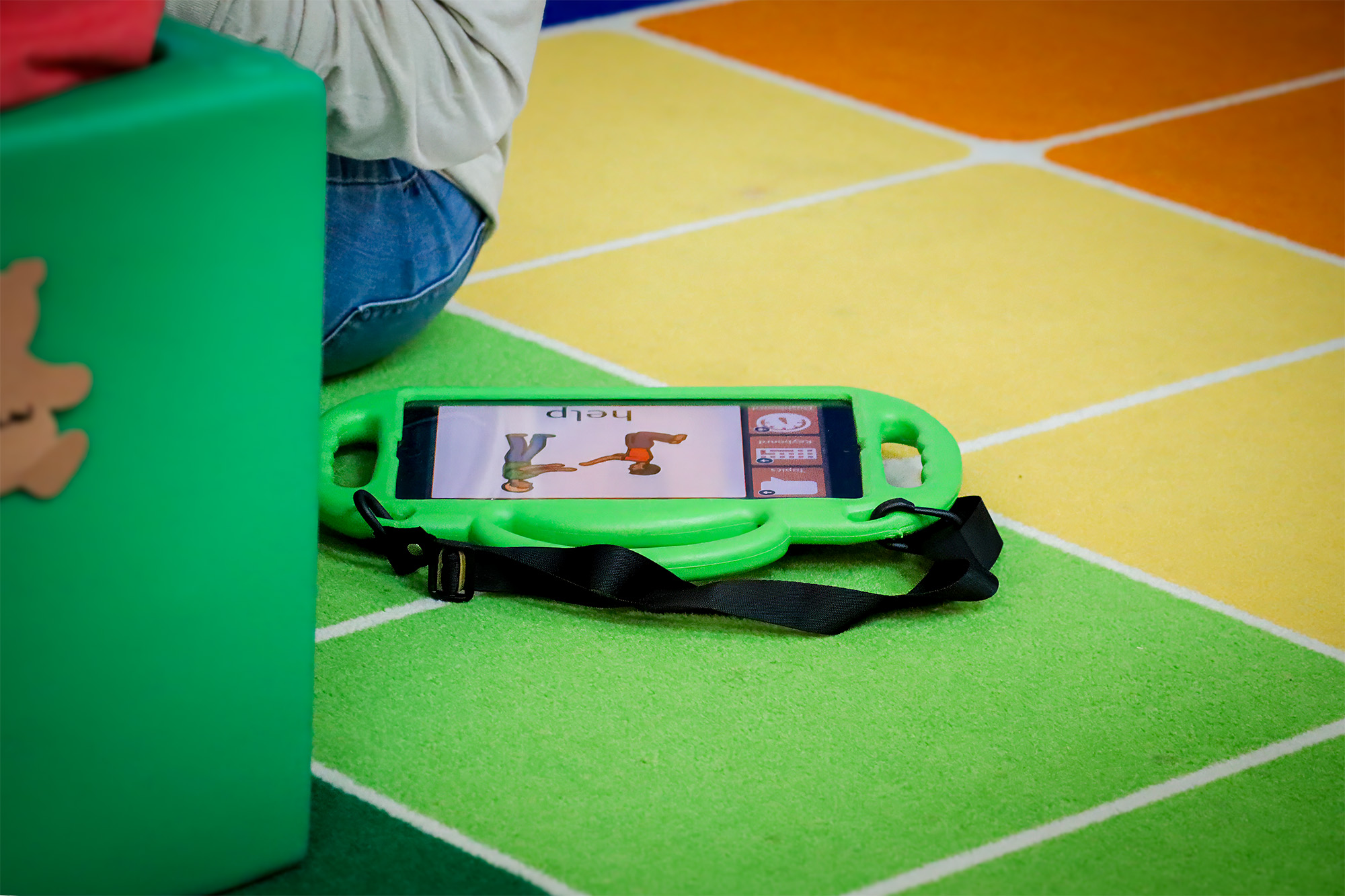Part 2 in our Series on Dismantling Societal Barriers to Communication Research
In our last post, we introduced a powerful new research article, “Dismantling Societal Barriers that Limit People Who Need or Use AAC” by Light, Fager, Gormley, Watson Hyatt, and Jakobs. These researchers—and AAC users themselves—are calling on us to look beyond the device and start noticing the walls we’ve built around people who don’t use speech to be heard.
If you’re a teacher, parent, or therapist, you’re probably already familiar with individual barriers: limited access to tech, unclear goals, or not knowing where to start. But today, we’re looking up and out at the systems around our AAC users—starting with policy and practice barriers.
⸻
What Are Policy and Practice Barriers?
Policy and practice barriers are the invisible rules and routines that either open doors—or slam them shut.
• Policy barriers are the laws, regulations, or lack of protections that shape what’s possible.
• Practice barriers are the day-to-day habits, assumptions, or procedures that quietly exclude AAC users—even when no one means to.
Here’s the kicker: these barriers are not about the AAC user at all. They’re about the systems that are supposed to support them.
⸻
What Does This Look Like in Real Life?
• A student is denied access to a communication device because someone decided they’re “too young” or “too impaired.”
• A family isn’t told about AAC options because their child doesn’t fit the usual mold.
• A school or clinic refuses to try a new system because “we’ve never done that before.”
• A person in a hospital bed can’t express pain or make medical decisions because no one brought in a board, a switch, or a way to communicate.
This isn’t about malice. It’s about lack of awareness, training, and accountability. That’s a systems issue—and systems can change.
⸻
What Can We Do?
Let’s break down some simple ways to start shifting policy and practice—yes, even without changing laws (yet!).
✅ Know the Rights
Become familiar with disability rights in your area. In the U.S., for example, the ADA and IDEA protect communication access—but many families and professionals aren’t told how to use those protections.
✅ Track Who Gets AAC
Schools, clinics, and districts need better data on who is receiving AAC and who’s being left behind. Start asking the question: who isn’t showing up in our data—and why?
✅ Question the Routine
Does your school have rules about “when” a student can get AAC? Are you waiting for certain test scores? For speech therapy to “fail”? Ask whether these policies are written anywhere—or just assumed.
✅ Speak Up, Share Stories
One of the best ways to change practice is to share success stories. Show how access to AAC changed a student’s participation, independence, or even mood. These stories challenge old assumptions and open minds.
✅ Ask: “Are AAC Users at the Table?”
When new policies or IEP procedures are being planned, ask if AAC users—or people who know AAC—are part of the conversation. Inclusion starts there.
⸻
A Thought to Carry with You
Glenda Watson Hyatt, one of the authors and a person who uses AAC, says, “There is a desperate need to increase our volume so that our voices are heard. This is where allies are essential.”
Let’s be those allies. Let’s make sure the doors we assume are open…actually are.
⸻
Next week, we’ll dig into Technology Barriers—what happens when AAC tools aren’t designed with real users in mind, and what we can do about it.

















